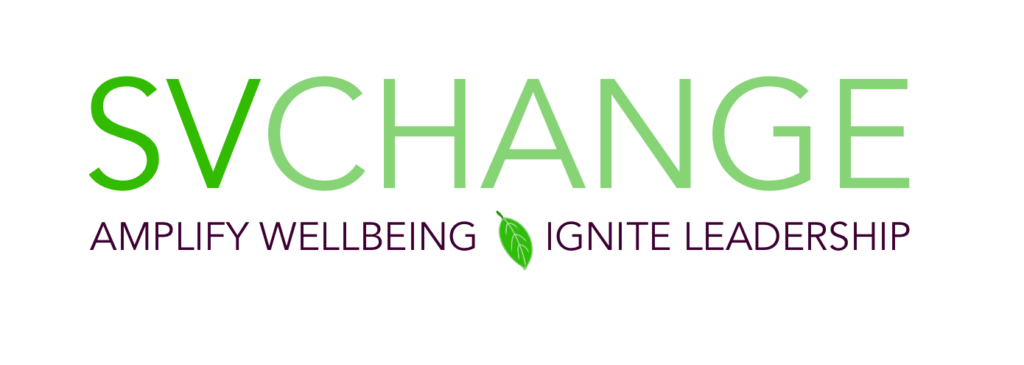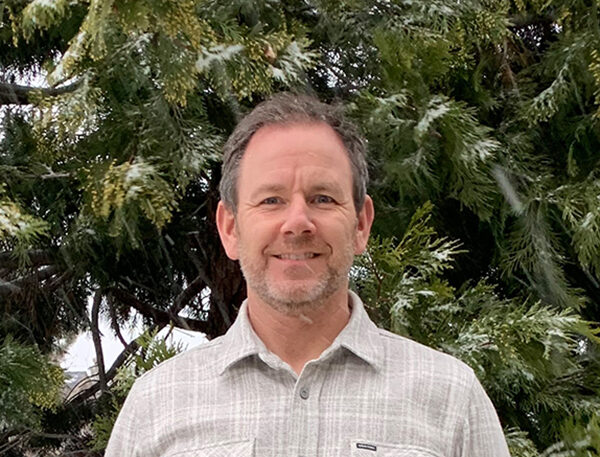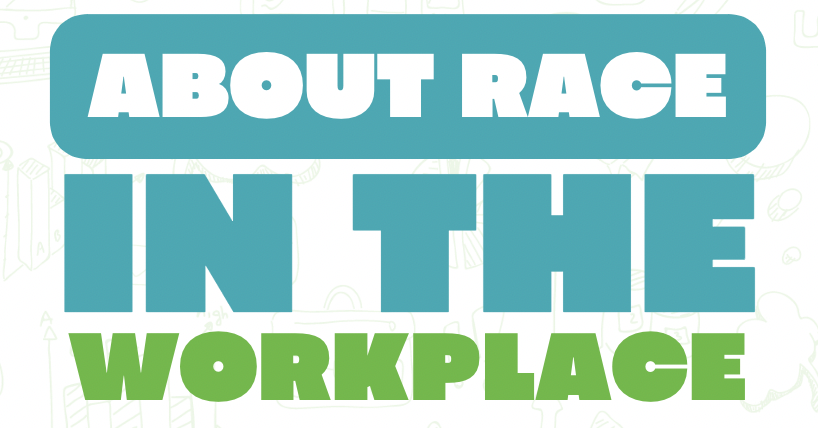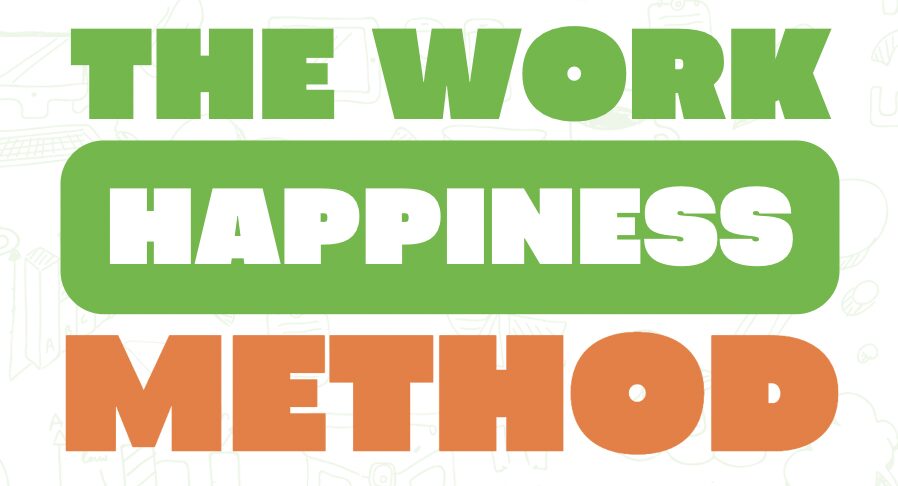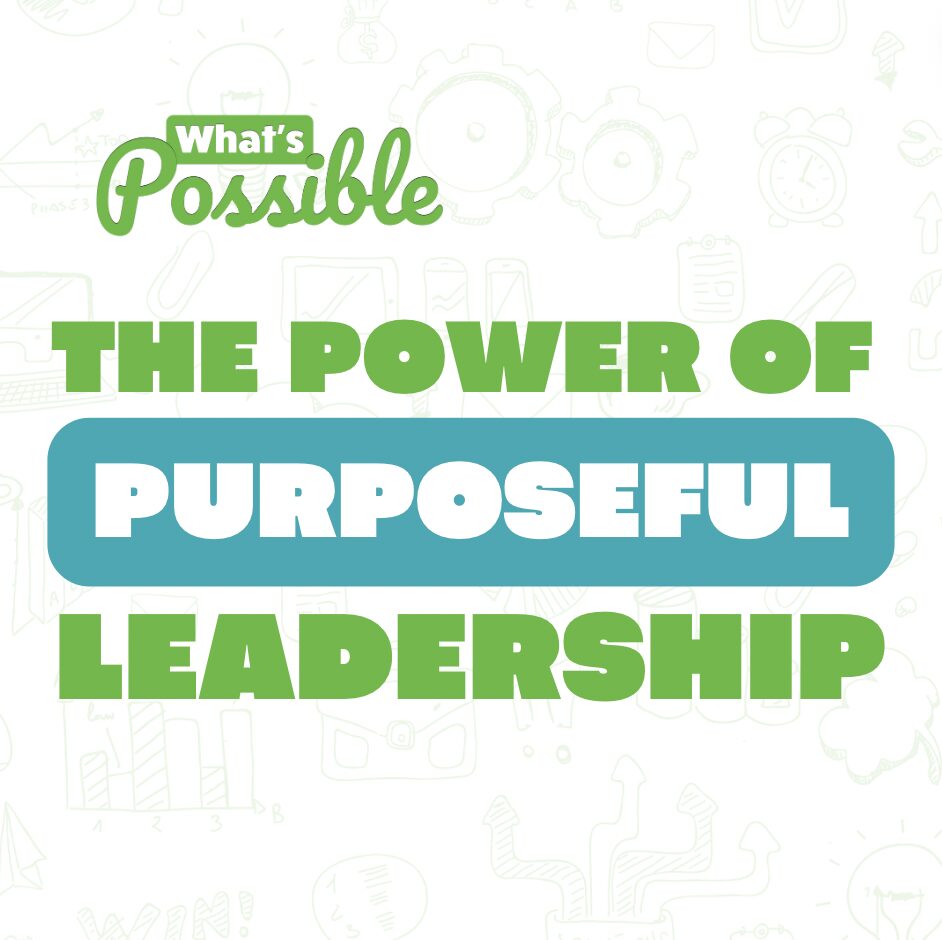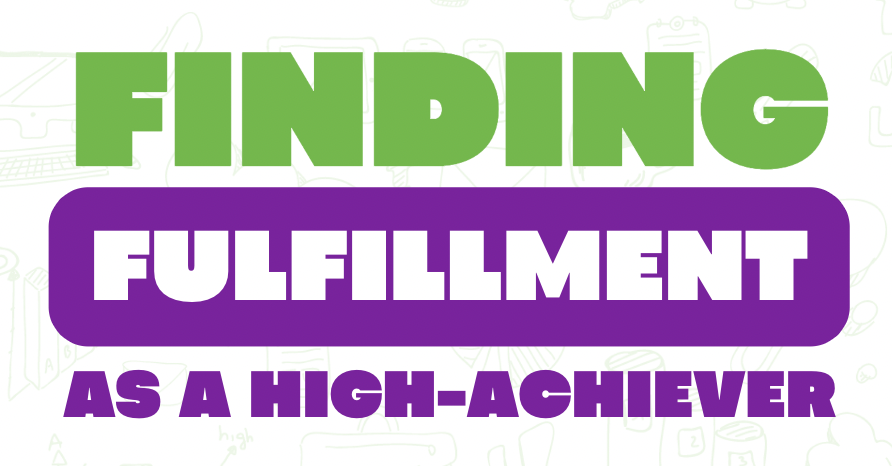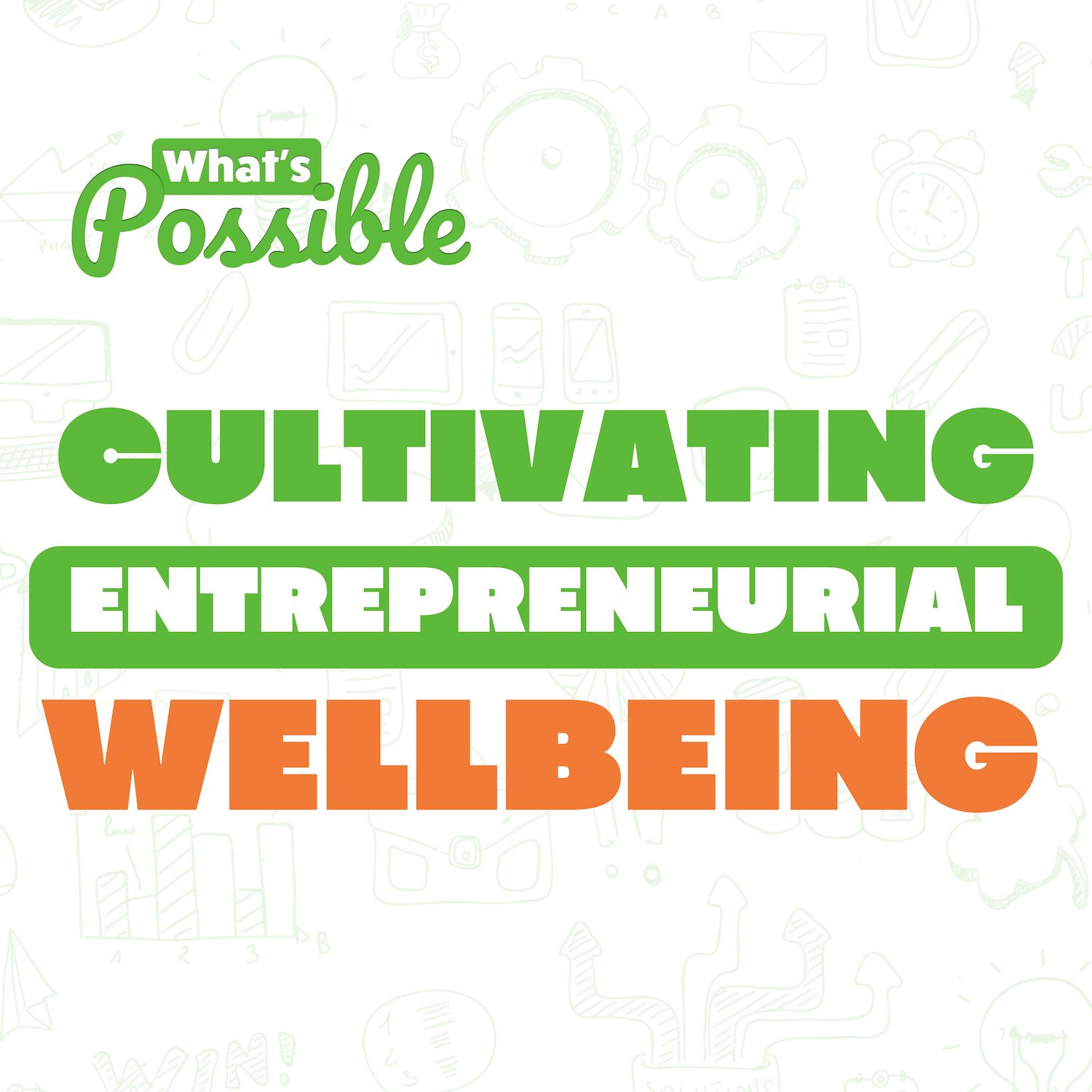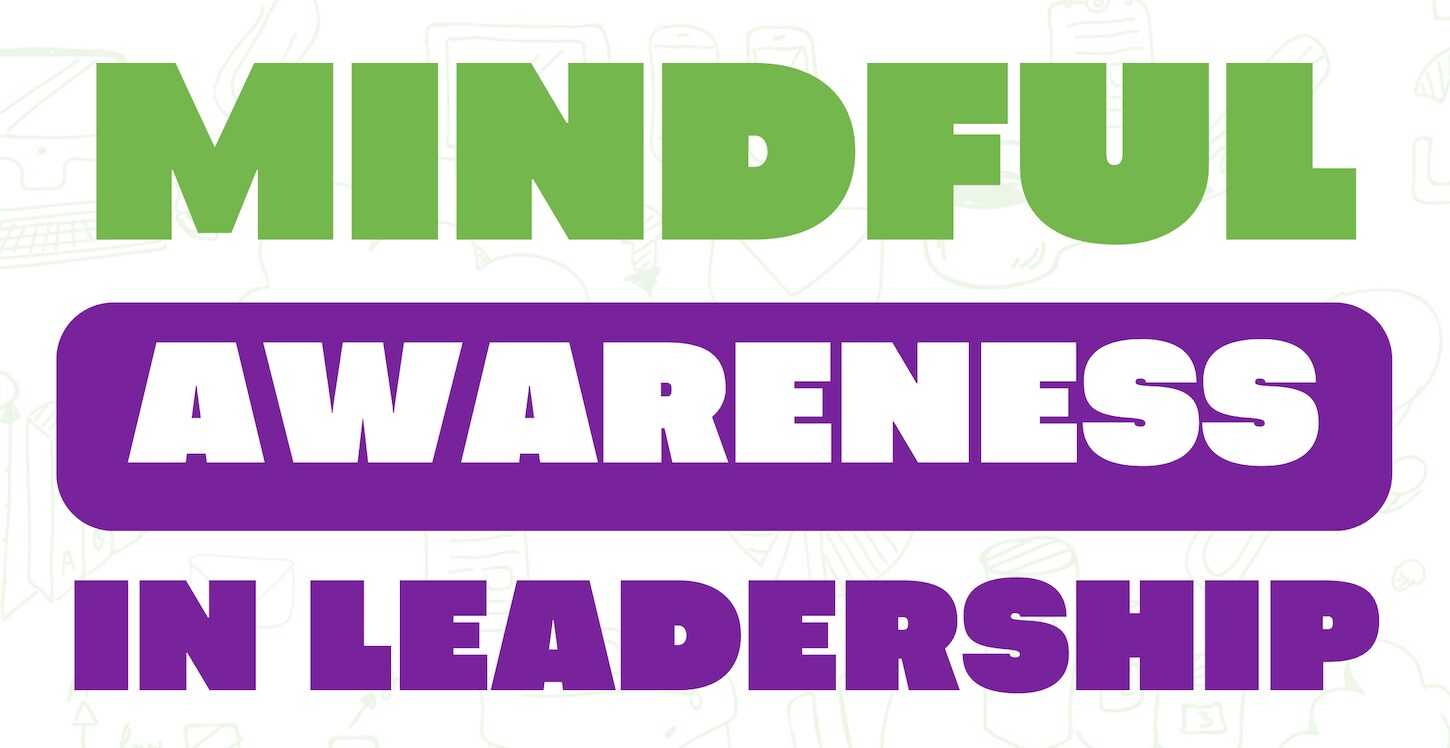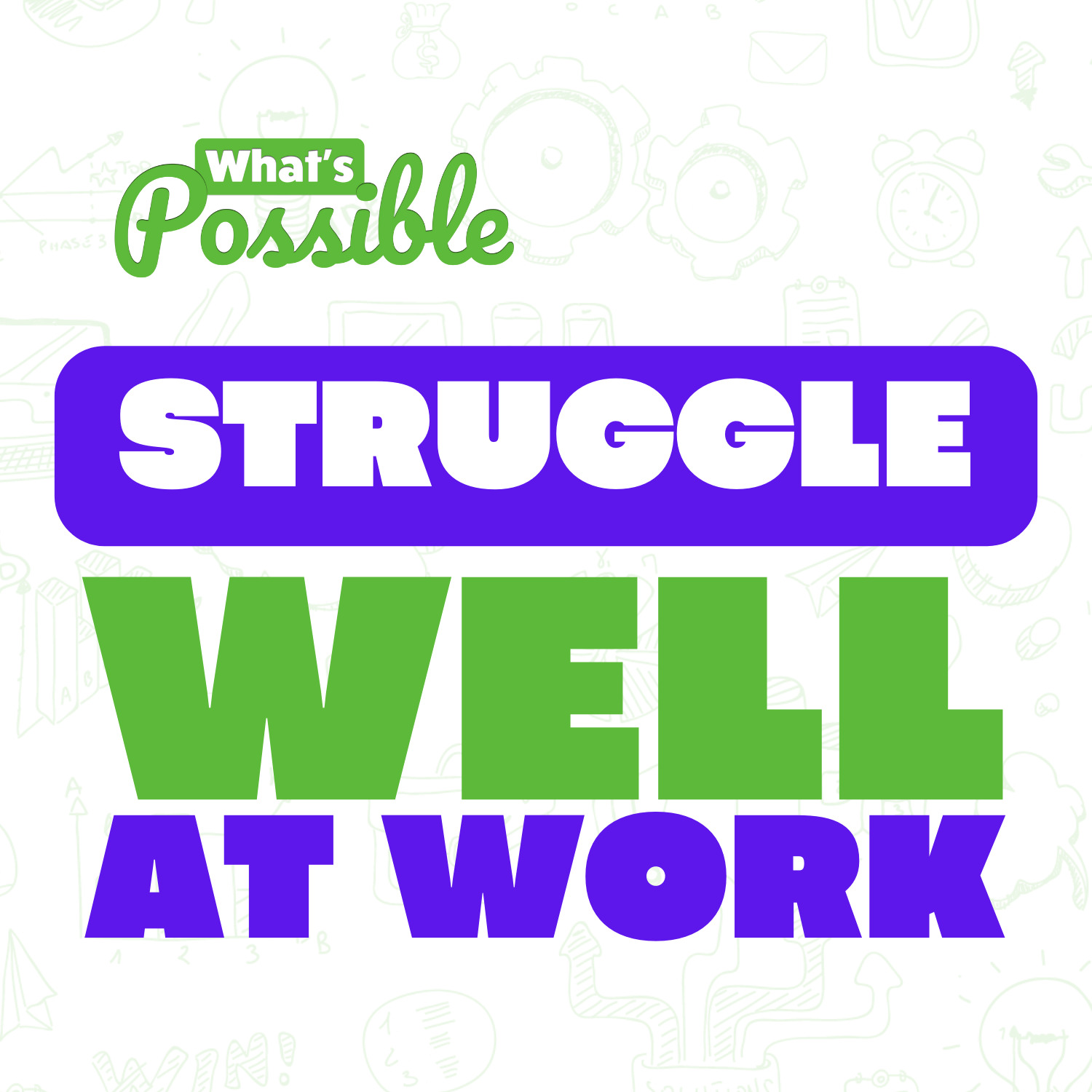Written by Leah
When was the last time something happened to you that made you happy or unhappy? How long did the feeling last? How do we find lasting happiness? Conversations around happiness are both timeless and tricky. Let’s explore what’s confused so many people about pursuing happiness and shed light on the best approach, based on scientific research.
The problem with how we pursue happiness now
Happiness is a universal desire. Whether you’re aware of it or not, your choices likely always come back to what you think will make you happiest or satisfy you most. Often those choices are short-term, sometimes unconscious.
All of us have basked in that happy “buzz” when using this decision-making process. We want something, we get it, we’re happy and life is good forever. The end? No. The feeling goes away, which must mean we’re not happy anymore, right? We have to find it again. So we move quickly to the next goal or achievement, and without realizing it, we become insatiable like Buddhism’s hungry ghosts.
If we let this cycle determine our happiness then it is sure to be both elusive and an illusion because we’re tying happiness to things we get or have. On top of that, we’ve created a cause-and-effect relationship between the outside world and our inside world while associating happiness mostly with moments. But we’re wrong to believe happiness happens because of a moment.
Concepts like the progress principle, as Jonathan Haidt discusses in his book, The Happiness Hypothesis, explain this feeling:
“We get more pleasure from making progress toward our goals than we do from achieving them because, as Shakespeare said, “Joy’s soul lies in the doing.”
It’s not the destination but the journey isn’t just a corny line we all use. It’s a scientific principle.
A new understanding of what happiness is
So in order to approach happiness differently, we need a new definition and an updated understanding of how to cultivate that experience and conjure it when we’re lost.
Positive psychology researcher Sonja Lyubomirsky describes happiness as, “the experience of joy, contentment, or positive well-being, combined with a sense that one’s life is good, meaningful, and worthwhile.” It’s the most holistic definition I’ve heard.
Simply put, to be happy means to survey your life and feel an overall sense that all-in-all, it’s going well.
Stop pursuing happiness
Concepts like the progress principle and sayings like Shakespeare’s exist because of the value many cultures place on happiness. We’re told to pursue it at all costs. We make monumental changes– believing a new job, home, relationship, or car will get us there.
When was the last time you heard or said I just want to be…happy? If you’re anything like me, it wasn’t long ago.
Happiness researchers identified where we go wrong: the paradox of happiness. As it turns out, research by Iris Mauss says those of us who express sentiments like “happiness is important to me, I want to pursue it”, end up less happy. And as positive psychology expert and Harvard professor, Tal Ben-Shahar puts it, “We can all agree happiness is a good thing, but valuing it as a good thing is problematic.”
What happiness researchers like Tal Ben-Shahar, Shawn Achor, and many in the positive psychology field know is that while short-term happiness can come from a weeklong vacation, sustained happiness is an experience we don’t pursue, we practice.
That’s good news for all of us. Your happiness has little to do with the weather on your next vacation or if you’ll finally get that promotion.
In fact, the better way to achieve happiness and avoid the pitfall of its paradox is to cultivate it indirectly through its components. My favorite metaphor from Tal is that if we look at the sun directly, it’ll hurt us. But if we break down light into its elements–think ROY G. BIV– we can enjoy the colors of the rainbow.
In my chat with Tal Ben-Shahar this week he shared what those metaphorical colors are through the SPIRE method he created.
What is the SPIRE method and how do we use it?
Tal Ben-Shahar’s SPIRE method asks us to use the new definition of what it means to be happy and focus on the following five elements of wellbeing to practice happiness: spiritual, physical, intellectual, relational, and emotional wellbeing.

Spiritual wellbeing is about focusing on being connected to yourself and something greater. Sometimes the word “spirituality” can be sticky, so think about simply making sure you’re regularly doing what gives you a sense of purpose and in some way you’re contributing to something larger than yourself.
What gives you a sense of purpose?
Physical wellbeing includes movement, food, and sleep. The body is a connected system, so what you put in it (food), how much passive rest you give it (sleep), and how often you move it (exercise) can reduce the risk of disease and make you feel better.
If your body is a system, which part could most use your attention- food, sleep, or exercise?
When it comes to Intellectual wellbeing, ultimately, we’re talking about staying curious. Curiosity leads to exploration, which means we get to learn something. So read a book, go to that store you’ve eyed every time you walk by but not stopped in, and ask that person for coffee.
What can you get curious about and learn today?
Relational wellbeing is all about our relationships with others. We can’t find happiness all by ourselves. A recent longitudinal study out of Harvard showed that a good life is most impacted by the quality of our relationships. We’re all here together because we’re meant to do life, together.
How can you improve your social connections, work or personal friendships, family ties, or romantic partnerships?
Emotional wellbeing refers to our overall emotional health and the ability to manage our daily emotions. One way to increase emotional wellbeing is to notice your emotions, get curious about what they are, and openly share them with someone you trust- that’s a way to double up on emotional and relational wellbeing!
Take a minute now to get curious about what emotion you’re experiencing.
Tal Ben-Shahar’s work on the SPIRE method is a holistic approach to wellbeing that emphasizes the importance of balancing spiritual, physical, intellectual, relational, and emotional wellbeing. It empowers us to construct our own happy lives instead of waiting for something to happen to us. And it’s not as difficult or time-consuming as it may seem.
Like most high-value life experiences, happiness is closer than you think.
Written by Leah
